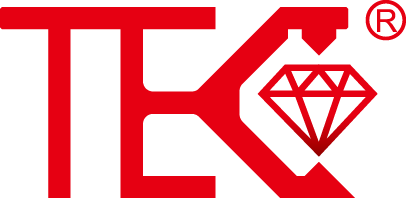MagnetostrictiveLiquidLevelGauge:UltimateGuideforOperators
Understanding Magnetostrictive Liquid Level Gauges
Magnetostrictive liquid level gauges represent the pinnacle of precision measurement technology in industrial applications. These sophisticated instruments utilize the magnetostrictive principle to deliver exceptional accuracy in liquid level detection across various tank configurations. Unlike traditional float-based systems, magnetostrictive gauges provide continuous, non-contact measurement with remarkable reliability. The technology has become industry-preferred for critical applications where measurement precision directly impacts process efficiency and safety. Modern magnetostrictive gauges integrate seamlessly with control systems while maintaining robust performance in challenging industrial environments.
Working Principle and Core Components
The operational foundation of magnetostrictive level gauges lies in the interaction between magnetic fields and specialized waveguide materials. A current pulse generates a circumferential magnetic field along the waveguide tube, while a float containing permanent magnets moves freely with liquid level changes. When these magnetic fields intersect, they generate torsional stress waves that travel along the waveguide at precise velocities. The system measures the time difference between pulse transmission and wave return to calculate exact float position. This sophisticated mechanism eliminates mechanical linkages and wear points, ensuring long-term measurement stability and reduced maintenance requirements.
Key Advantages for Industrial Applications
Magnetostrictive technology offers numerous benefits that surpass conventional measurement methods. These gauges deliver exceptional accuracy within ±0.5mm, providing reliable data for inventory management and process control. Their non-contact measurement principle eliminates mechanical wear, significantly extending service life compared to traditional gauges. The technology demonstrates excellent compatibility with various liquids including corrosive chemicals, fuels, and food-grade products. With minimal moving parts and robust construction, these gauges maintain calibration stability through temperature fluctuations and vibration conditions, ensuring consistent performance in demanding industrial settings.
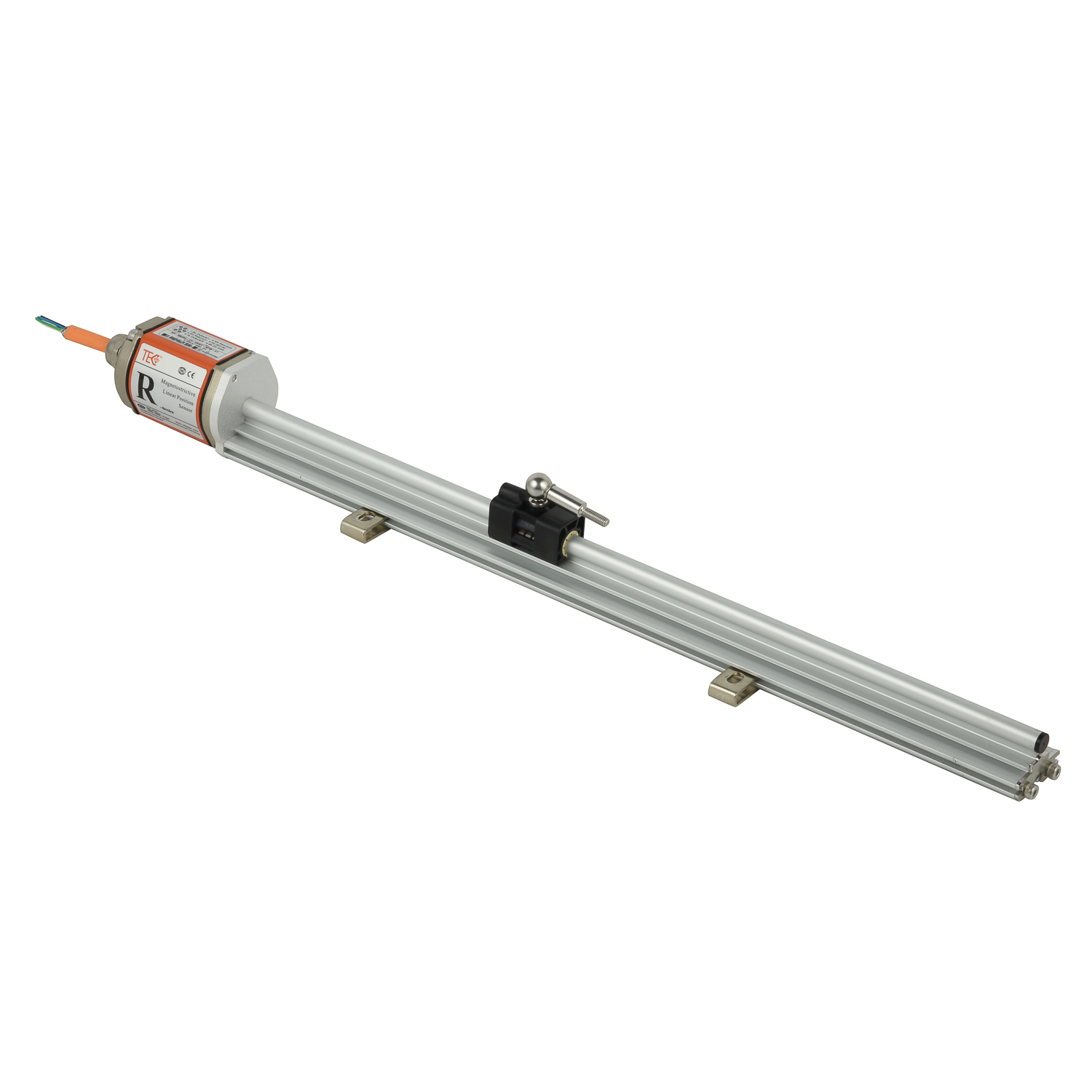
Proper Installation Guidelines
Successful implementation begins with correct installation procedures that maximize gauge performance and longevity. Begin by selecting appropriate mounting locations avoiding areas with excessive turbulence or mechanical stress. Ensure the waveguide remains perfectly vertical within ±1° deviation to prevent float binding and measurement errors. For top-mounted installations, verify sufficient clearance for float movement and future maintenance access. Implement proper grounding practices to shield against electrical interference that could affect signal integrity. Always follow manufacturer specifications for torque values during flange connections and use compatible sealing materials suitable for process media and temperature conditions.
Calibration and Configuration Procedures
Accurate calibration transforms raw measurement data into reliable level information. Modern magnetostrictive gauges feature intuitive calibration routines accessible through local interfaces or remote configuration tools. Begin by establishing known reference points corresponding to empty and full tank conditions. Utilize the gauge's automatic calibration features where available, or manually input precise tank dimensions and fluid characteristics. Configure output signals including 4-20mA analog, HART, or fieldbus protocols to match control system requirements. Implement temperature compensation parameters when measuring fluids with significant density variations across operating temperature ranges.
Routine Maintenance Best Practices
Proactive maintenance ensures continuous reliable operation and extends equipment service life. Establish regular inspection intervals to verify float freedom and waveguide integrity. Conduct visual checks for physical damage, corrosion, or buildup that could impair float movement. Perform periodic calibration verification against manual tank measurements to detect potential drift. Keep electronic housings clean and dry, inspecting cable entries for proper sealing. Maintain comprehensive service records including calibration dates, maintenance activities, and performance trends to support predictive maintenance strategies and troubleshooting efforts.
Troubleshooting Common Operational Issues
Effective troubleshooting minimizes downtime and maintains measurement integrity. When encountering erratic readings, first verify power supply stability and grounding integrity. Check for float obstruction by comparing indicated level with manual measurements. Investigate signal interference by examining cable routing near high-voltage equipment. For communication failures, validate configuration parameters and examine connection terminations. Sudden measurement loss may indicate waveguide damage or electronic component failure requiring professional inspection. Always consult manufacturer documentation for specific error codes and recommended corrective actions before attempting component replacement.
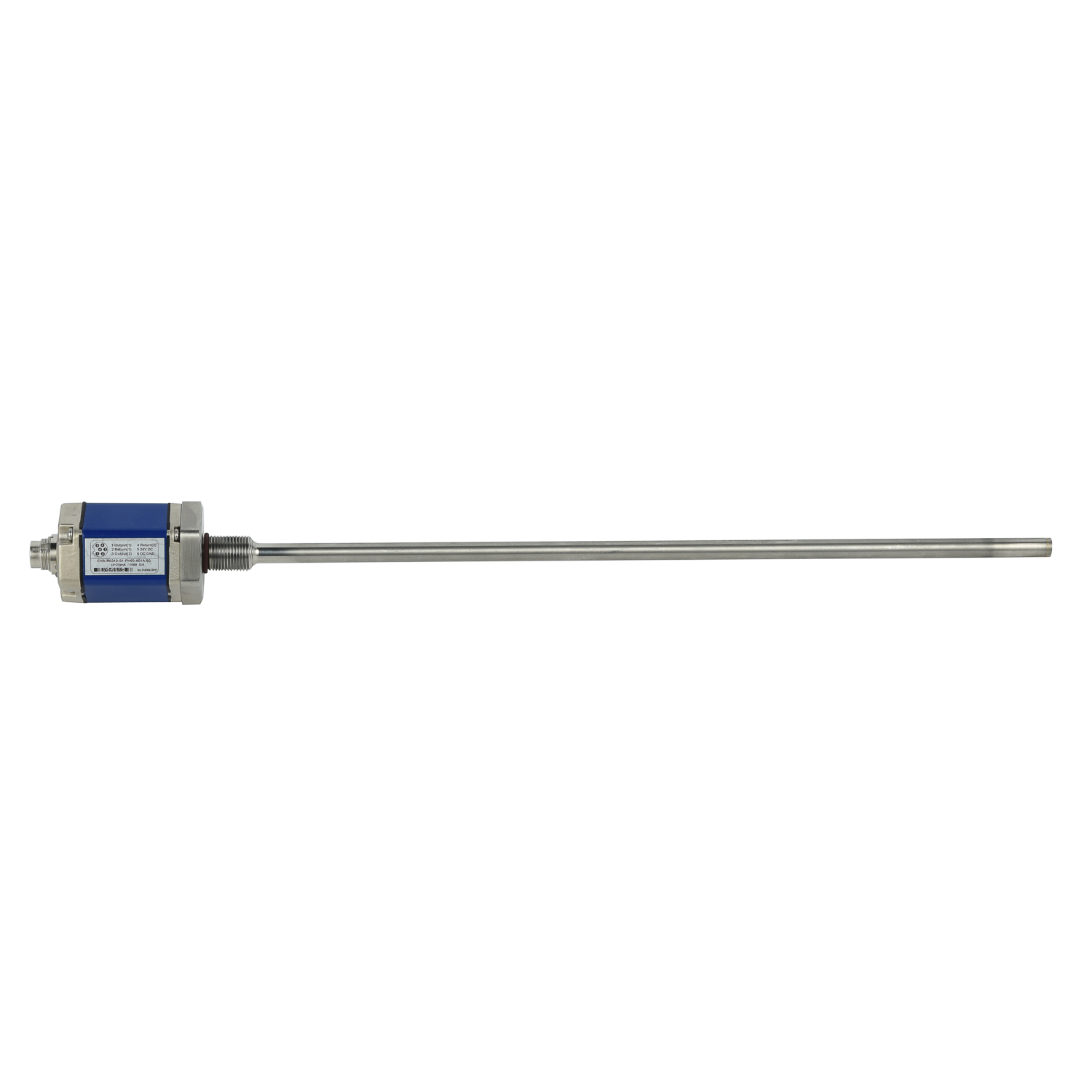
Advanced Features and Smart Capabilities
Contemporary magnetostrictive gauges incorporate intelligent features that enhance operational efficiency. Advanced diagnostics provide early warning of potential issues before they affect measurement accuracy. Integrated temperature sensors enable automatic density compensation for improved measurement precision. Wireless connectivity options facilitate remote monitoring and configuration without physical access to hazardous areas. Self-monitoring capabilities track performance metrics and maintenance intervals, alerting operators when service attention becomes necessary. These smart features transform basic level measurement into comprehensive asset management tools that support operational excellence and predictive maintenance strategies.
Industry Applications and Selection Criteria
Magnetostrictive level gauges serve diverse industries including chemical processing, oil and gas, power generation, and water treatment facilities. Selection considerations must encompass process conditions, fluid characteristics, and accuracy requirements. Evaluate temperature and pressure ratings relative to process extremes. Consider material compatibility with aggressive media when specifying wetted components. Assess safety certifications for hazardous area installations. Determine appropriate mounting configuration based on tank design and accessibility. Review output options and communication protocols to ensure seamless integration with existing control architecture and monitoring systems.
Future Trends and Technology Developments
The evolution of magnetostrictive level measurement continues with emerging innovations enhancing capability and connectivity. Next-generation sensors incorporate IoT compatibility for cloud-based monitoring and data analytics. Enhanced diagnostic algorithms predict maintenance needs with greater accuracy, reducing unplanned downtime. Miniaturization trends enable installation in previously inaccessible locations while maintaining measurement precision. Improved materials science extends application ranges to extreme temperatures and pressures. Wireless power technology developments promise to eliminate cabling requirements in challenging installations. These advancements position magnetostrictive technology as the future standard for critical level measurement applications across industrial sectors.
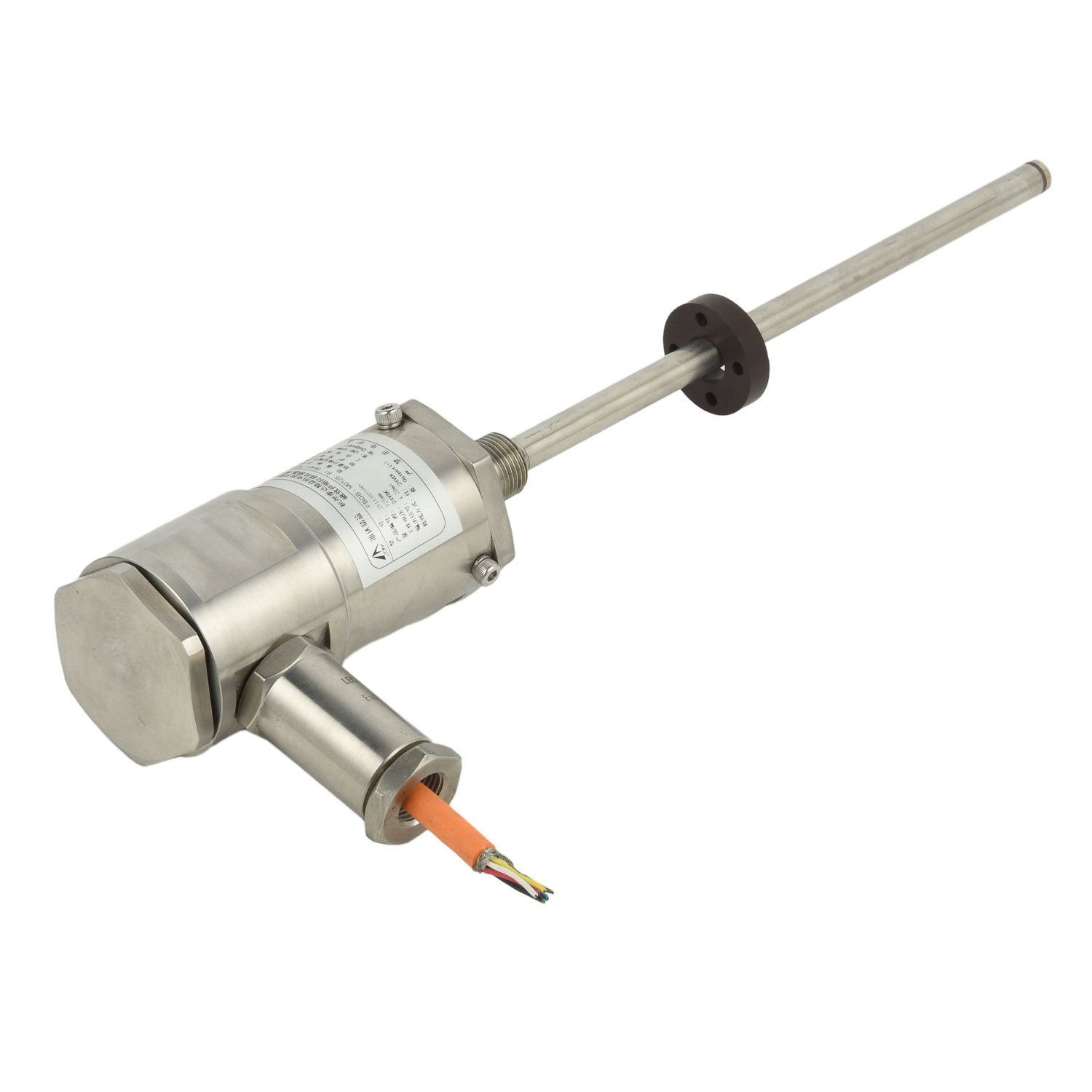 UpgradingYourLevelMeasurementS
UpgradingYourLevelMeasurementS
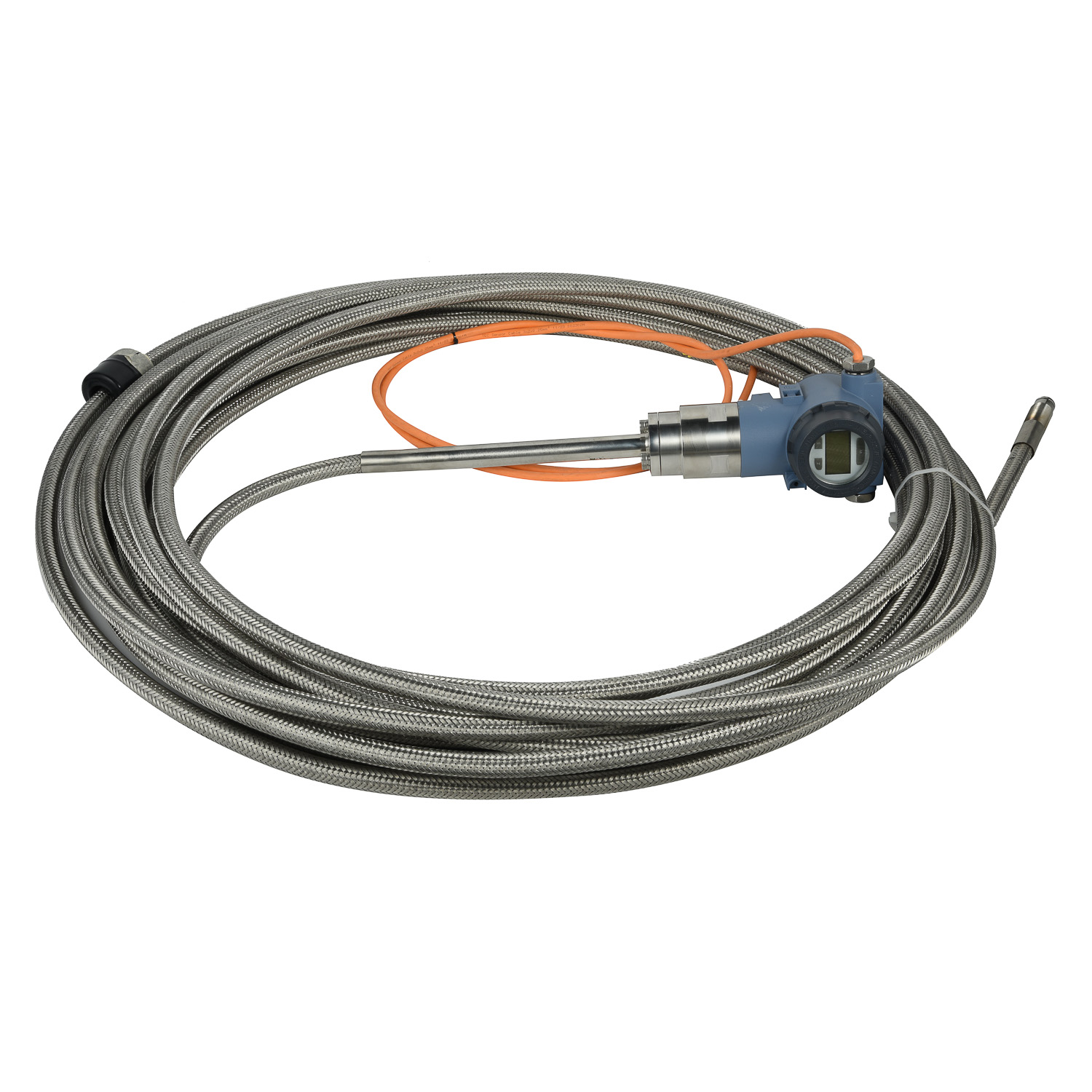 Why are magnetostrictive level
Why are magnetostrictive level
 ComparingMagnetostrictiveandRa
ComparingMagnetostrictiveandRa
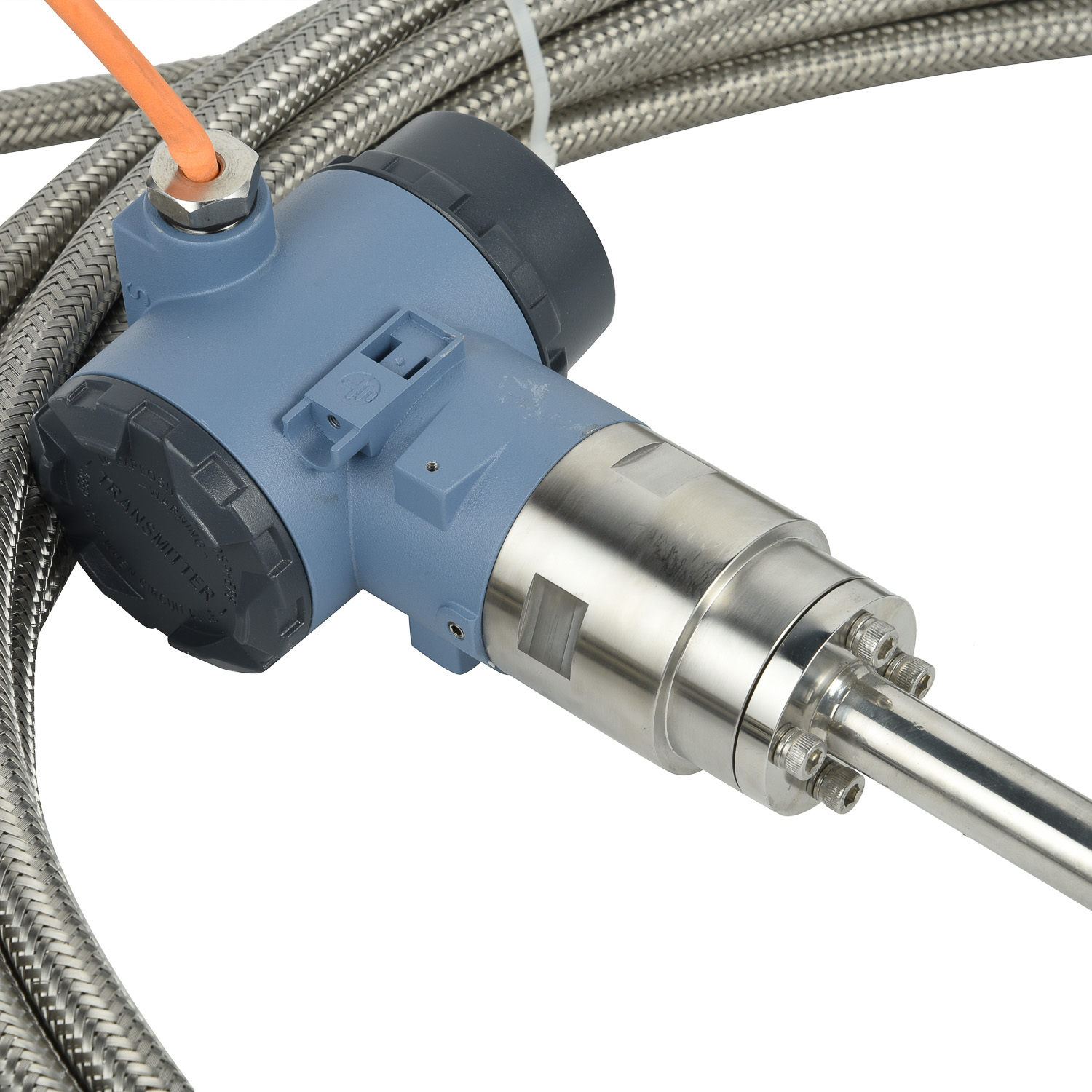 MagnetostrictiveLevelSensorfor
MagnetostrictiveLevelSensorfor
